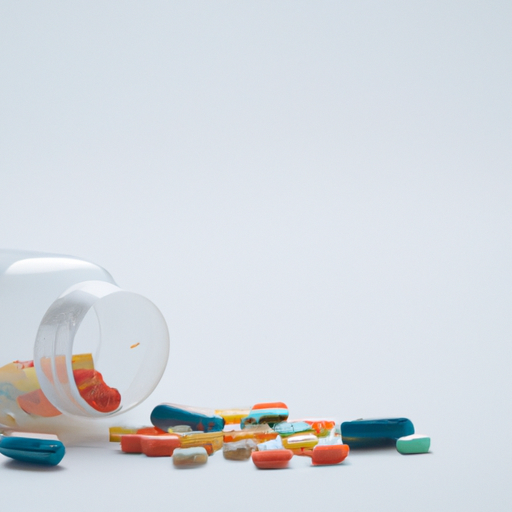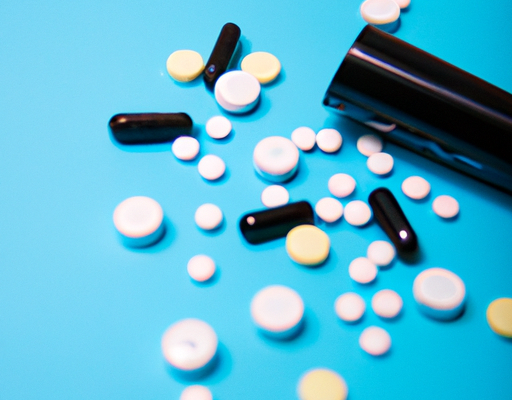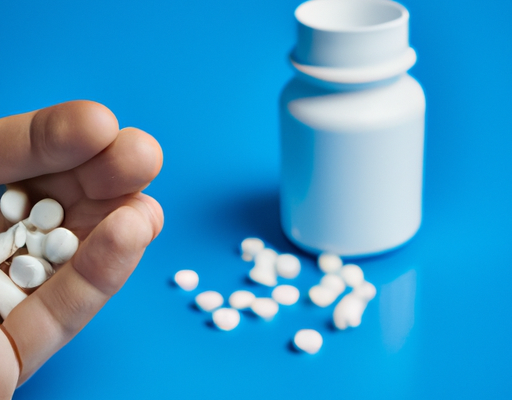Shower causes rash
A shower should be a relaxing and calming experience, however for some, a rashy shower experience can be anything but. Unfortunately, showering can be a potential cause of skin rashes for some, due to the combination of temperature, shower products, and the duration of time spent in the stall. Even if you are using the same products as before, a sudden change in the water temperature and the length of time spent showering can cause the skin to become irritated. Humidity and the use of chlorine-filled water can also cause skin irritation and the formation of rashes. To prevent a rashy shower experience, try to shower with lukewarm water and use a mild, fragrance-free soap. Additionally, keep the time spent in the shower to a minimum and avoid using hot water. With these simple steps, you can help to avoid experiencing an uncomfortable rashy shower experience.
Look at the issue through a medical lens
When it comes to a rashy shower experience, it’s important to take a medical approach to the issue. Here are a few tips to help you:
- Cleanse the area with mild soap and water.
- Pat the area dry with a soft towel.
- Apply an ointment, cream, or lotion with anti-inflammatory ingredients.
- Wear loose-fitting clothes to avoid irritation.
- Be aware of any ingredients in soap or body wash that could be causing the rash.
- Use lukewarm water to shower and avoid hot or cold temperatures.
These steps can help reduce discomfort and alleviate the rashy shower experience. Make sure to seek medical advice from your doctor if symptoms persist or worsen.
Causes of rash while showering
A rash while showering can be caused by a variety of factors. Using water that is too hot can cause the skin to become irritated, resulting in a rash. The use of harsh soaps, bubble baths, and shampoos can also lead to a rash. In addition, people with sensitive skin or skin conditions such as eczema or psoriasis may be more prone to getting a rash from a hot shower. Mold in the shower can also be a contributing factor, as can contact with contaminants such as chlorine or other chemicals. Finally, the use of loofahs or scrubbing too vigorously can also cause a rash. Taking shorter showers and using mild soaps and shampoos can help to reduce the risk of getting a rash from a shower.
Showering with cold or hot water
Taking a shower can be a great way to relax and rejuvenate your body, but it is also important to be mindful of the temperature of the water you are using. If you use cold water, it may invigorate your skin and can help to reduce inflammation, but it may also cause skin irritation or even a rash. On the other hand, hot water can be soothing and can help to reduce muscle tension, however, it can also cause dry and itchy skin. Therefore, it is important to find the perfect balance between cold and hot water when you shower. Use warm water as much as possible, but if you find that your skin is extra sensitive, opt for cooler temperatures. Additionally, it is important to not stay in the shower for too long, as this can cause your skin to become dry and irritated. Taking shorter showers with lukewarm water can help to give your body the relaxation it deserves without the risk of developing a rash.
Different types of skin and allergies
Our skin is delicate and sensitive, and some of us have allergies that can have severe reactions to things like soap, bath products, and even the water itself. People with sensitive skin and allergies can have a rashy shower experience, where the contact of water, soap, and body care products can cause an allergic reaction. This can be extremely uncomfortable, especially if there are underlying skin conditions involved, like psoriasis or eczema. To combat these problems, it is best to use only natural and gentle soaps, shampoos, and body washes, especially those that are specifically designed for sensitive skin types. Moreover, if one suspects they have a skin condition, they should consult their dermatologist, who can help diagnose and treat the issue. Taking all of these precautions can help to make the shower experience a more pleasant one.
Different soaps and gels
Taking a shower should be a time of relaxation and enjoyment. Unfortunately, that’s not always the case when faced with a rashy shower experience. In many cases, the causes of this irritation can be attributed to the soaps and gels you come into contact with. Many commercial soaps and cleansers are formulated with harsh chemicals, artificial fragrances, and preservatives that can aggravate sensitive skin. To reduce your chances of experiencing a rashy shower, consider switching to natural, fragrance-free soaps and cleansers. These products are less likely to cause an allergic reaction and more likely to leave your skin feeling hydrated and nourished. Additionally, they can help to maintain the natural pH and moisture balance of your skin. If you’re looking for an even gentler cleaning experience, try using a colloidal oatmeal bath or honey soap. These ingredients are incredibly nourishing and can help to reduce inflammation and redness. Once you’ve found the right products, be sure to rinse them off thoroughly to avoid any lingering irritation.
Tips to reduce the risk of rash while showering
Showering can be an unpleasant experience if a rash develops during or after the process. Prevention is key to avoiding any irritation of the skin, and there are a few tips and tricks to keep in mind when showering to reduce the risk of developing a rash. Firstly, avoid showering too often by only showering once every two to three days. Secondly, avoid excessively hot water as this can dry out your skin and cause irritation. Instead, prefer a lukewarm temperature. Thirdly, be gentle when washing and use a mild cleanser that is free from any fragrances or harsh chemicals. Finally, try to avoid using any razors or loofahs in the shower as these can harbor bacteria and cause skin irritation. By following these simple steps, you can have a rash-free showering experience.





No Comments